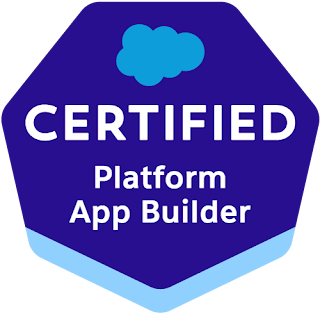I reckon I have one good blog post in me, and one good comedy sketch. I'll do the sketch another time, but this is the blog post. I've retrieved it from Medium as I like to own my own content.
I’ve been thinking about the way people adopt new IT systems and I think a good analogy is gardening. There’s no one right way to do gardening and it’s the same with rolling out IT systems. Here are four approaches that I’ve noticed:
Landscape gardening
This is the classic approach. You draw up a plan, you involve the stakeholders, you survey the land, and then you start the doing. You clear the land, maybe retaining some existing features. You mark the boundaries, move the rubbish, and then start planting. After a period of time you hand over the garden to the owners, maybe with some instructions on future care.
Cultivating a plot
This is on a smaller scale than a whole garden. You define strict boundaries, and you may only be growing one thing. It only involves a limited number of resources and shouldn’t take you that long.
Survival of the fittest
You scatter some seeds where you think they might grow. They may not, but if that’s how it is then you don’t really mind. There is the chance that it takes off and if so you’ll be judged a success (so long as people know you did the work).
Guerilla gardening
You aren’t part of the mainstream, but you like to see things growing. You introduce strong young plants that will grow quickly and expect to see them do well. They may not, but you will have moved on by then.
Tortured analogy?
In case my analogy is too abstract, here’s how I see examples of these. A CRM implementation is landscape gardening. Everyone needs to be on board, it all needs to change at an appropriate pace, even if it’s not all at once. You can’t have a CRM that’s only used by one department and others do their own thing.
For something smaller, such as getting people to use Google Docs, or Slack, you work with a small team. You may not ask them to do everything the new way, there may be a place for Microsoft Word, but for some teams and some processes Google Docs is the way to go.
For an even more small scale approach you might start using Doodle to arrange meetings. Some people may not like it. Who cares? If it doesn’t catch on then it’s not worth trying too hard, it should just be left to die.
Sometimes technology gets implemented without IT being involved. A courageous few go ahead and try something out. This is the riskiest of all. It may create yet another place where data lives on its own, unconnected to the rest of the organisation. It may be illegal, or insecure. However it’s worth asking why it had to be done without involving IT.
Technology first?
You could argue that this is a adopting a technology first, solution-led approach, rather than using a problem led approach. Sometimes this may be what you’re presented with. “I’d like to use technology X”, says the boss. “Let’s try it on a small scale”, you say, “maybe just involving you and the other bosses at your level”. Or “let’s just put it out there and see if it takes off”.
It’s also an approach to use once the problem is defined. Rather than “let’s improve collaboration across the organisation by using Slack”, why not, “let’s try Slack with this particular team to see if it fits our culture”. That team could become enthusiastic promoters if you decide to use the Landscape Gardening approach.


![Stastics for marketers [that word crossed out] people](https://blogger.googleusercontent.com/img/b/R29vZ2xl/AVvXsEg4_UHh8gNHyAfuz00Jy8IksdvdHtMlrsKg_fL8oRPNTlLoWFW6T7YVXzy6QaM71XWvvJsOQxVBOjrod_IItFn5wiDrpgoKh3TNaZ1vshW-GOpW9S76nlIKvBKRPlxCQzx83lsyIATNJpVYnSqZTTPWOp5WT5z1zCk5fsxNeNWIcxpUWgkAEVEW0w/w400-h105/Untitled.png)






